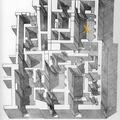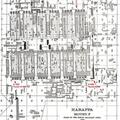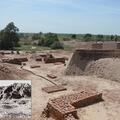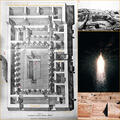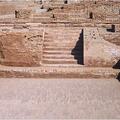An Indus House #3
"One of the finds from the former room [13] consisted of fragments of a pierced lattice of alabaster which presumably filled the windows or ventilators at the top of the wall. Perforated screens with geometric patterns have been met with before in Kushan and Gupta buildings. It is now patent that perforated lattices were known and employed in the Indus valley in the prehistoric period," (Marshall, Mohenjo-daro, Vol. 1, 1931, p. 219).
See also An Indus House #1 and An Indus House #2.

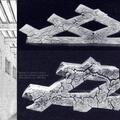
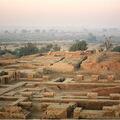
![Drawing of the Interior of Hall 76, House XIII, VS Area [Mohenjo-daro]](https://www.harappa.com/sites/default/files/styles/square_thumbnail/public/1969219_10152343696894846_81819943_n.jpg)

